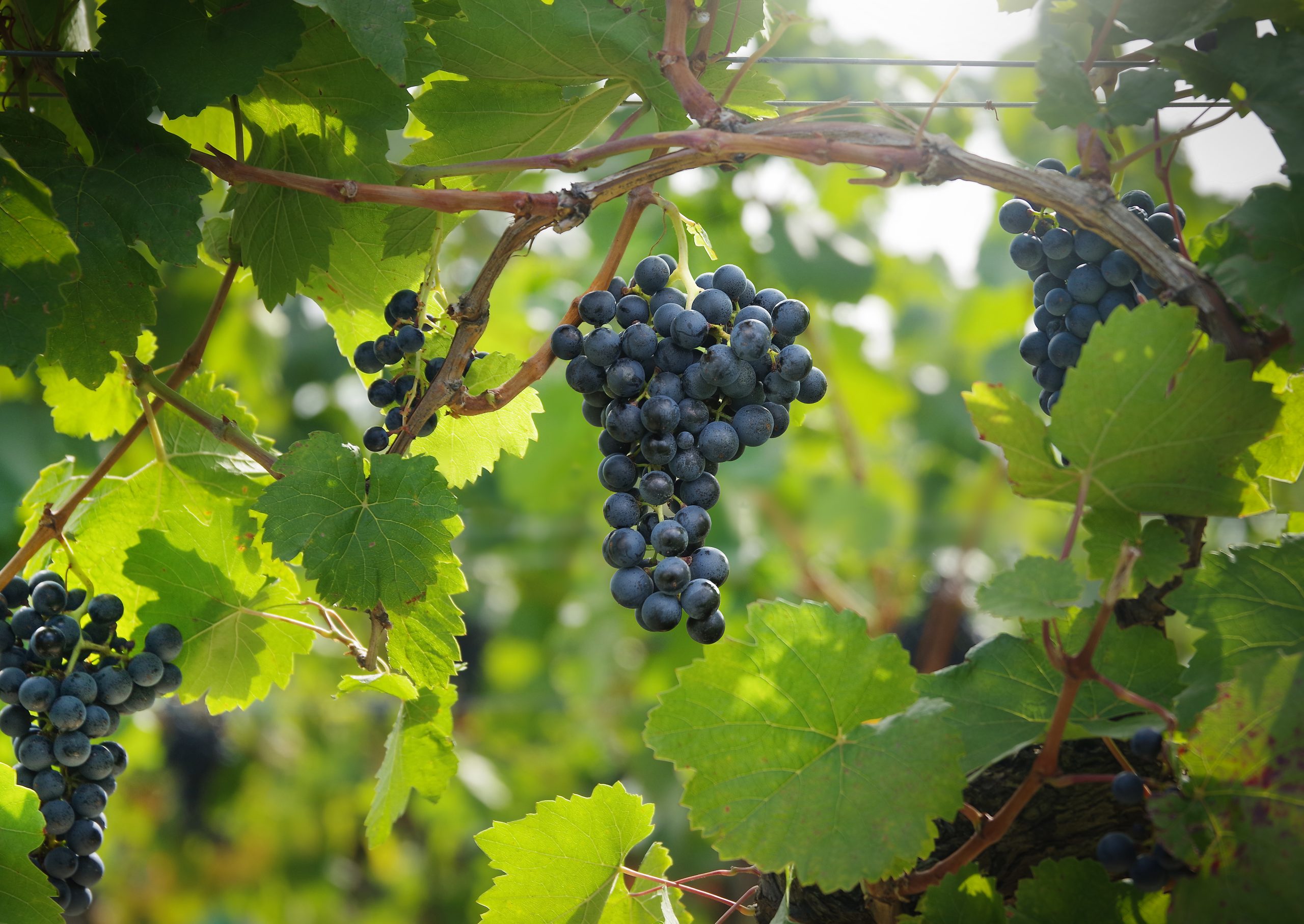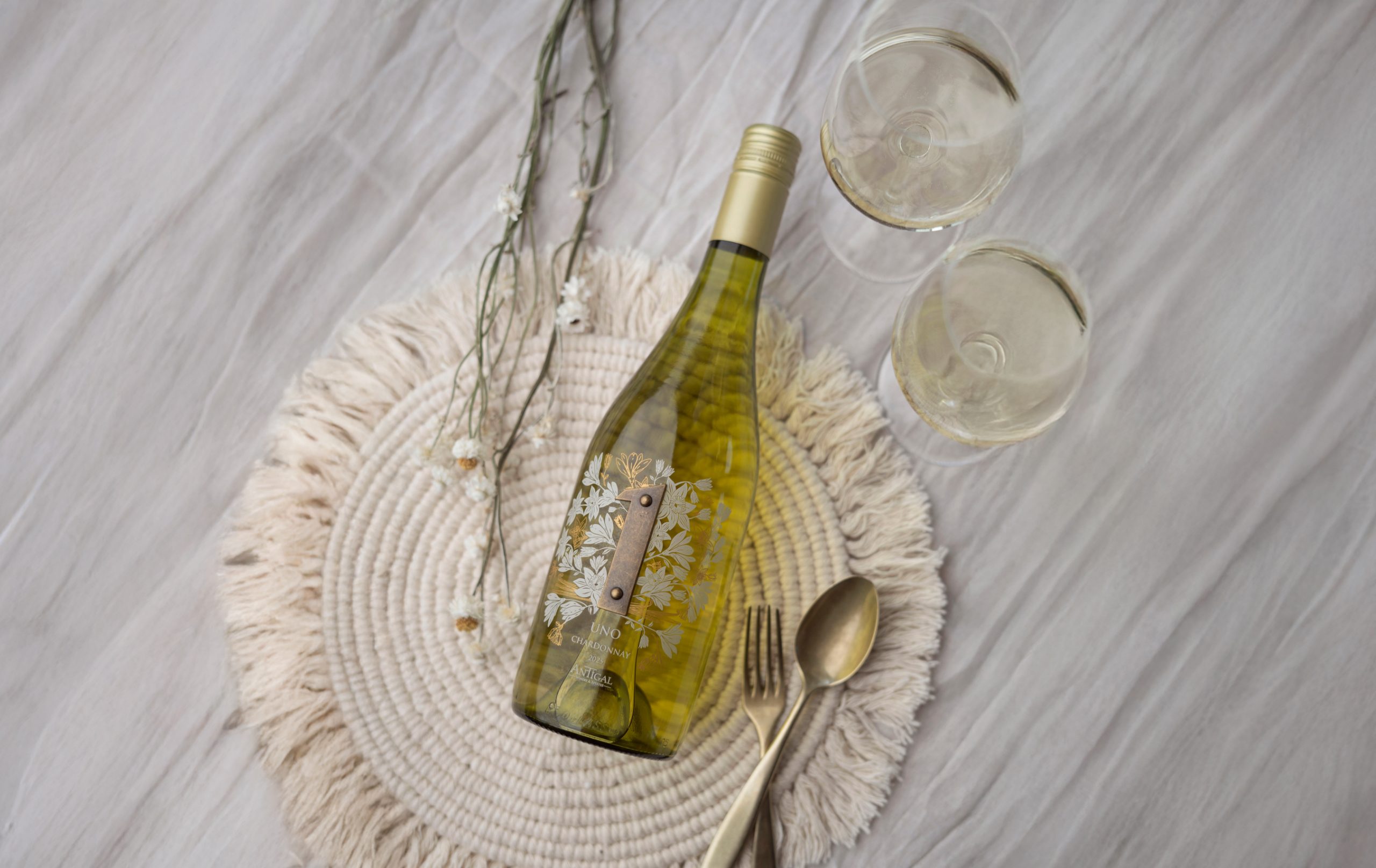UK Champagne market ‘back to normal’
After a period of Covid-related extremes, the UK market for Champagne is back to normal, and that may be no bad thing, believes one key commentator.

In a call for calm, while stressing the need to look to long-term trends, the chairman of the UK’s Champagne Agents Association – and MD of Pol Roger Portfolio – James Simpson MW told db last week that the trade should not be unduly surprised, nor concerned, by a slowdown in Champagne sales, which started in the second half of 2023.
Joking that he is “old enough to remember when times were normal”, Simpson suggested that this decade’s trading trends have been anomalous, and should not be used to draw too many conclusions on the longer-term nature of Champagne consumption, or indeed, fine wine more generally.
Looking back to post 2020 sales patterns, when a sudden decline in Champagne sales followed the first wave of Covid-related lockdowns, followed by a bounce back, and then a boom in 2022, he said that a resulting shortage of Champagne was highly unusual.
Recording that many Champagne producers were “allocating” stock in ‘21, ‘22 and the early part of ‘23, he said, “that is not a normal way of trading”, unlike the current level of demand, which is – in the UK at least – “back to a more normal status quo”.
That has meant a contraction of the market, with shipments of Champagne to the UK falling by around 8-9% to total 25.2 million bottles for 2023, compared to 27.7m in the year before, and 29m in 2021 – see table below.
As for this year, Simpson said that demand from the trade in the UK has “started slowly”, but that is compared to early 2023, when businesses were frantically restocking having run out of Champagne over Christmas.
In contrast, this year, the trade had some stock left over from the festive season, which also explains the widespread discounting on Champagne in supermarkets in the run up to Easter, a practice that was commonplace pre-Covid.
“We are going back to the old days, when there was discounting on Champagne to move through stock post-Christmas, with supermarkets trying to find value for their consumers,” said Simpson.
While Simpson recorded a “fine wine slowdown” in the UK, referring to sales of high-end Champagne through the country’s leading merchants, he said that such a decrease “has been to a certain extent counterbalanced” by the fact that London’s West End restaurants and top hotels are “still remarkably busy”.
Indeed, he recorded that “people are still going out and wealthy foreigners are coming to London and staying in nice hotels and eating and drinking well.”
Comparing the situation to late 2008, following the October collapse of Lehmann Brothers, he said that the downwards sales trajectory for Champagne back then was much more dramatic.
“Post the crash of 2008, we almost didn’t sell a bottle for six months,” he said, while today, fine wine retail is doing fairly well and restaurants, clubs and liveries are doing perfectly nicely,” he added, referring to Champagne sales.
Supermarkets, meanwhile, “are alright”, but Simpson did point out that they are having to pass on “two fairly significant price increases” on Champagne that took place in 2023 and the early part of this year.
In this more price sensitive area of the market, the newly-increased expense of Champagne is most keenly felt.
“People do not have an inexhaustible budget,” said Simpson, “And they will remember buying Champagne at £10-15 a bottle, but now it’s over £30 – so it’s not an everyday drink,” he stated.
More generally, he commented, “The UK is still into Champagne, it’s just that the market is a bit more challenging than it was.”
Looking ahead, now cellars in Champagne are “full”, he said that “prices will stabilise”, speaking about the cost of the final product, as well as grape prices from this year’s harvest – which could even fall, something Simpson said happened in the 90s (following the recession of the early part of that decade).
And it is the prospect of less constrained supply and resulting price stabilisation that can be considered good for Champagne, which is in danger of becoming too expensive for the majority of drinkers, as opposed to holding the position of being an ‘accessible luxury’.
Partner Content
Making the point that recent history has been anomalous compared to the longer term nature of Champagne trading, Simpson said that “high prices and no discounting because there was not enough stock” was only the case in “two years out of the past 40.”
“So we are back to the 38 years of this is how you do business,” he concluded of current trading conditions.
Looking ahead, Simpson expects the UK Champagne market to “stabilise at 25-27 million [bottles] over the next few years.”
“The bigger question for Champagne, is what is happening in the French market?” he continued.
While the domestic market once accounted for around 50% of Champagne consumption, now it’s 42.5% of the total, and failing to grow.
“France needs to drink a bit more,” said Simpson, recording that the market has lost 13m bottles in the past two years, and now accounts for 127m bottles, compared to 172m for export.
With total Champagne shipments falling just below a symbolic 300m to total 299m for 2023, it is hoped that the region might creep back up above the 300m mark in 2024.
However, Simpson said that for Champagne houses, the focus was on “average prices rather than how many bottles you can sell”, while commenting that unless the French market grows, the overall shipments for this year are unlikely to be much greater than 2023.
“I can’t see any export markets booming this year,” he said, noting that both the UK and US are both likely to be stable, with elections and high interest rates hampering growth.
“As for other key [Champagne] markets, there is not much joy anywhere really,” he said, save for Hong Kong, as well as China, which is up a bit, but a relatively small market at a bit more than 1m bottles.
“To get over 300m you have to get four of the top 10 markets flying again,” he said.
Overall, he said that “Champagne is taking a bit of a deep breath”, before commenting that the “brands are strong”.
In terms of the current sales slowdown, he added, “We have been here before, and Champagne is amazingly resilient.”
Finally, he remarked, “If what was in the bottle was poor, then we would be stuffed, but what’s in the bottle is much better than even in the 90s, so it’s just a question of getting the price right for the consumer’s pocket, and some of those promotions, well perhaps that’s what’s need to price Champagne at to sell it through.”
Read more
Will Champagne see a return to growth in 2024?
The UK market for Champagne from 2023 back to its peak in 2007
2023: 25.2m bottles (-9%)
2022: 27.7m bottles (-4.5%)
2021: 29.0m bottles (+34%)
2020: 21.6m bottles (-20%)
2019: 27.0m bottles (+0.8%)
2018: 26.8m bottles (-3.6%)
2017: 27.8m bottles (-11%)
2016: 31.2m bottles (-8.7%)
2015: 34.2m bottles (+4.5%)
2014: 32.7m bottles (+6.2%)
2013: 30.8m bottles (-5.2%)
2012: 32.5m bottles (-5.8%)
2011: 34.5m bottles (-2.8%)
2010: 35.5m bottles (+16.4%)
2009: 30.5m bottles (-15.3%)
2008: 36.0m bottles (-7.9%)
2007: 39.1m bottles (+6.3%)
(Shipments to the UK, source: Comité Champagne)
Related news
Are we about to see more British booze in South Korea?
WSET's Simon McMurtrie: 'I hope to be an enthusiastic cheerleader'




